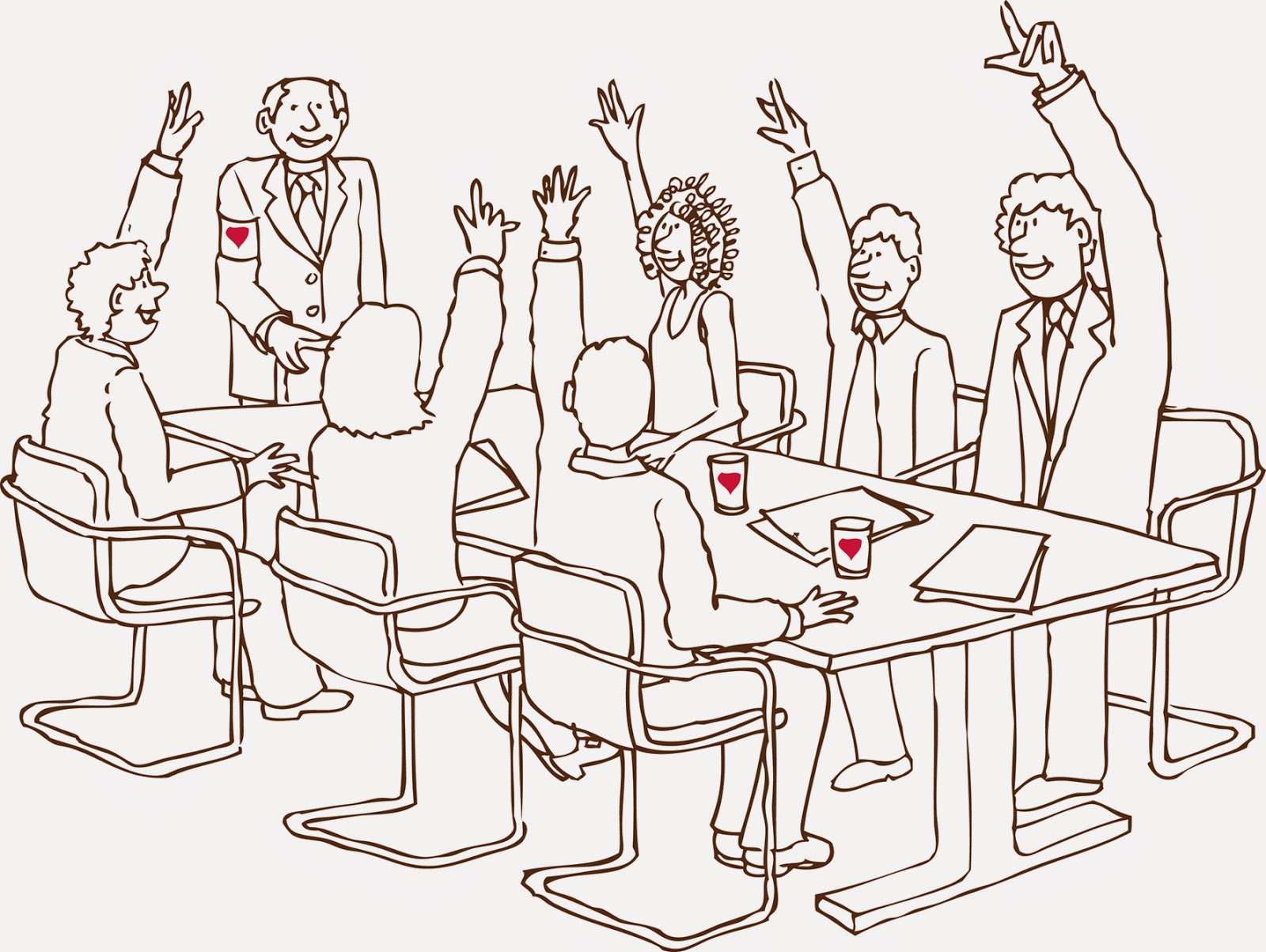 Culture is one of this decade’s buzz words, with the media delighting in naming and shaming what it views as toxic and unhealthy cultures from some of our biggest institutions whether it is the banks, the Beeb, the NHS or its turning on its own like News International.
Culture is one of this decade’s buzz words, with the media delighting in naming and shaming what it views as toxic and unhealthy cultures from some of our biggest institutions whether it is the banks, the Beeb, the NHS or its turning on its own like News International.What lies at the heart of culture are brand values – the organisational watchwords for what drives, unites, motivates and differentiates one business from another.
But often these values are not clear, not embedded and not lived from the top, so people take them for granted or create silo cultures. This ‘taken-for-grantedness’ is what frequently makes culture problematic in organisations. People assume that everyone views things in the same way. What I’m saying is, just like the consumer brand, it needs managing to flourish.
A strong culture isn’t just a nice to have, it’s a competitive advantage. It’s an organisation’s own DNA, as intrinsic a part of the brand as the logo. Brands, in their most powerful form being organisational blueprints for growth led from the top.
Your brand inside matters as much as your brand outside. As Peter Simpson, founder and ex commercial director of First Direct, said: "Why would you want to be one kind of brand to your customers and a different one to your employees?"
Smart organisations know that the stronger the culture, the higher the levels of employee engagement (broadly defined as the skills to leave but the desire to stay). There’s a direct correlation between levels of employee engagement and business performance.
The higher the level of engagement, the better for business. Just look at Pret, Innocent, B&Q, Whitbread and, most recently, Nationwide, who have just posted a 113% increase in pre-tax profits for the year to 31 March - a leap it has directly attributed to employees. Ads recently ran in the national press thanking staff with the names of its 15,000 staff under the headline 'Our most valuable assets'. It cites GFK research for the year to May based on interviews with 60,000 customers of the main high street banks who were asked to rank satisfaction levels. (Source: Marketing Week, 28 May 2014)
It makes sense - engagement improves productivity. Engaged employees work harder, take less sick days, stay longer, are happier and make customers happier. People buy people. Forget the inside and lavish all your time and effort outside to your detriment.
Making money matters, of course it does, but people matter too. Treating people like dispensable cogs or work horses just won’t cut it anymore. Gen Y certainly won’t tolerate our old way of working.
The fast-track has lost much of its appeal for them and they’re willing to trade high pay for fewer billable hours, flexible schedules and a better work/life balance. Times are a changing; we need to move with them.
Our clients are seeing the bigger picture of employee engagement. CEOs are starting to take notice. In ‘Engage for Success’ , a government white paper on the importance of employee engagement, company leaders describe their "light-bulb moment" when an understanding of the full potential significance of employee engagement dawned.
Ex Tesco CEO Sir Terry Leahy talks about his reaction when he realised that the company knew more about its customers than it did its own people. He then set about understanding what the workforce wanted and what motivated them at work.
So what about us then? Our own industry? Your own agency? We live for our clients’ brands and the work we produce for them. We relish the thrill of the chase of new business; we love to compete, love to win and we’re obsessed with the prize. I wonder sometimes, really, honestly, how healthy our own cultures are? Is our industry really much different from the likes of News International and the banks?
Do you know what your agency’s values are and the defined and expected culture–defining behaviours aligned to them?
Are they simply words on a manicured wall, in a beautifully art directed induction vanity piece or genuinely embedded into the culture of your business?
Are they measured, recognised and rewarded? Are they used in induction, training and recruitment? Are they lived from the top down and right across your business or is it simply lip service? The say-do gap – how big is yours?
We are making some headway through the IPA’s CDP and, arguably, the Gold agencies are making their own people more of a priority. But employee engagement isn’t just about winning a Gold (see, it’s that prize thing again), it’s what you do every day that matters.
It’s about being true to your values by encouraging a collective set of behaviours that bind you together as one organisational culture.
A curator of culture, guarding and nurturing, or a vulture picking over fragments of a stagnant culture. Which one are you?
Check out Arianna Huffington's take on the subject in her Campaign piece
This first appeared on the IPA's website www.ipa.co.uk/blog
No comments:
Post a Comment